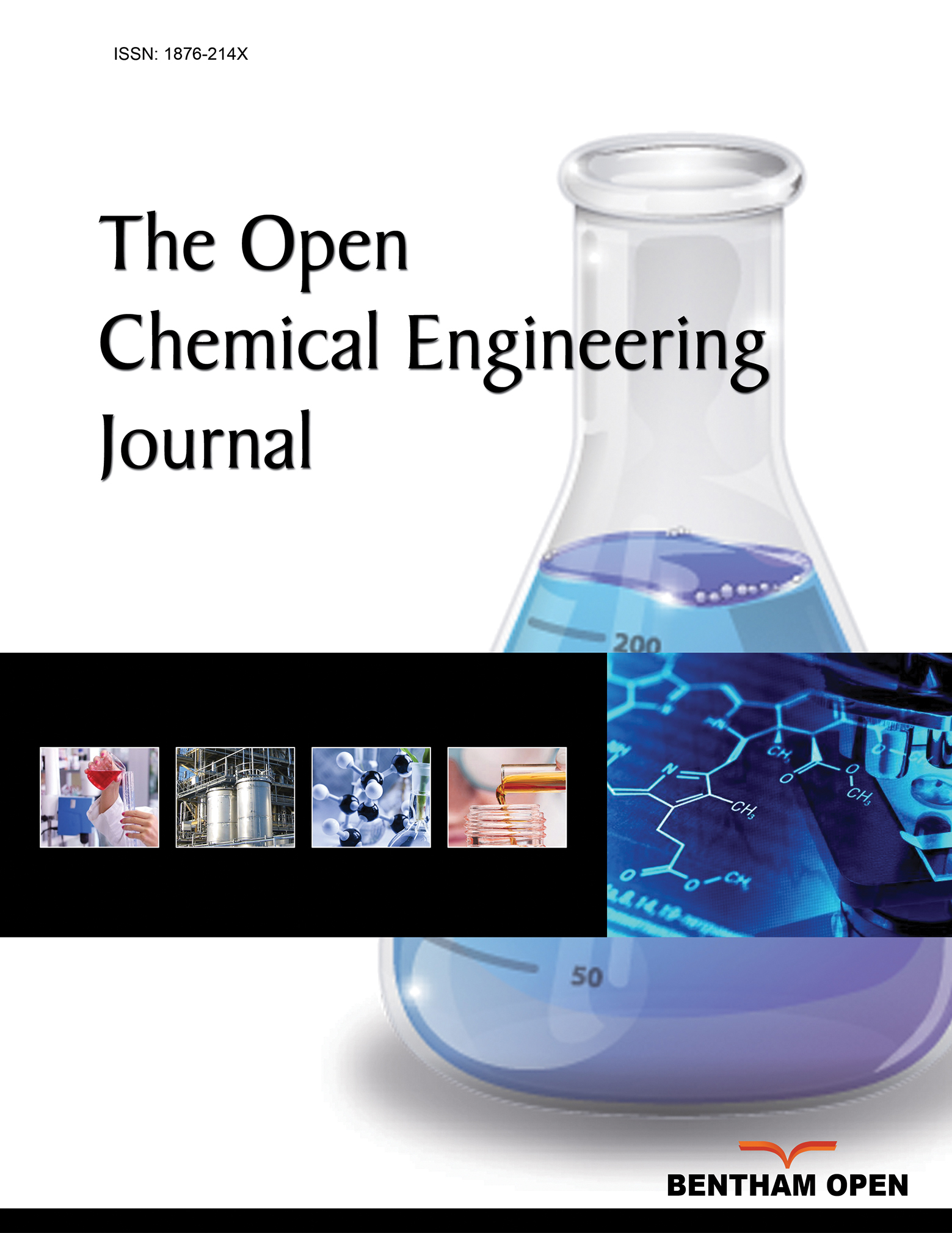All published articles of this journal are available on ScienceDirect.
Impact of Newtonian Heating on MHD Micropolar Fluid for the Influence of Heat Source
Abstract
Introduction:
The current analysis deals with the flow of time-independent conducting micropolar fluid past a stretching sheet. Furthermore, the influences of magnetic field strength and heat sources are also discussed in this study. The current study is important for the growing applications of magnetism in various chemical systems like pumping, transportation, trapping, sorting, separation, etc.
Aims:
In addition, the objective of the present exploration is the consideration of Newtonian heating conditions.
Methods:
Transformation of nonlinear PDEs of the flow phenomena into nonlinear coupled ODEs is done using suitable similarity variables, and these are handled by employing the “Runge-Kutta fourth-order” scheme in association with the “shooting technique”. The influence of flow characteristics proposed in this study is analyzed via graphs. The engineering coefficients for various parameters are simulated numerically and deployed through the table.
Results:
Finally, it was found that the rotational viscosity dominates over the fluid viscosity and enhances the momentum profile.
Conclusion:
An augmentation in the Prandtl number retards the fluid temperature and the application of applied magnetic field built up the resistance that retards fluid momentum.


